Fancy Footwork-Sending Your Next Climb is About More Than Just The Arms!
Ever wonder how some climbers can navigate a climbing route appearing so effortless? You would swear they are Spiderman, and it appears as if they are gliding over the wall. Let’s have a quick convo about what it takes to navigate the wall with apparent ease.
The demands for bouldering make climbers among the strongest athletes, requiring a sufficient balance of arm, leg, and core strength- yes, it is important to train more than just the arms when climbing. Although as climbers we tend to think about our arms and hands the most, by training other body areas we can off-load the demands placed on our arms and hands, which increases resilience to injury and conserves energy for the climb. So long story short, climbers who appear so effortless on the wall are experts at recruiting these other muscles and using more than just the arms to create tension. So now, it’s time to put da feet in the spotlight.
So, let’s talk about the role of the legs and feet. After you invest in that pair of climbing shoes, you’ll want to learn how to use the grips on the shoes to your advantage. The shoe is designed to enable you to “toe hook” and “heel hook” – these are two moves that enable you to use your feet on the wall.
The heel hook is an equally useful technique that can be used to prop up the climber onto a foot hold. This technique has multiple uses while climbing- it can be used to bring in your body closer to the wall, help to stabilize the body while reaching for a higher hold, and perhaps most importantly, it helps to off-load the effort exerted through the hands. As pictured, the high heel hook can be used to create a greater pulling force.
So why toe hook? This refers to using the toes as a point of friction between the shoe and climbing
surface, to pull oneself up or to balance. This move transfers a lot of the load-bearing from the arms to the legs and core. An effective toe hook helps to de-load the arms and shoulders. To execute, it is important to maintain tension in the toe-hooking leg. This technique demands good core strength, essential to creating tension across the body.
These two moves place high demands on the major muscle groups of the legs- namely the hamstrings, glutes, and calves. It is important to focus on strengthening and flexibility exercises that hone in on these major muscle groups. These muscles are best recruited in combination with having a strong core - picture that under hang route where there are multiple moves required before you can break free onto the vertical wall- this requires strategic placement of the feet, and a strong core to prevent fatigue. Such navigation will significantly spare the arms and shoulders, and conserve the energy needed to flash that route. With a targeted exercise program, you can maximize the use of the underrated MVPs- the legs and core- while also sparing your hands and fingers from forces that lead to preventable injuries.
So when tackling that next project, don’t accept defeat....focus on DA FEET. For guidance on how to conquer your climbs more efficiently, book in for a session with one of our climber physios today- we would love to help you unlock your inner Spiderman.
Written by: Elani Bykowski, MScPT





